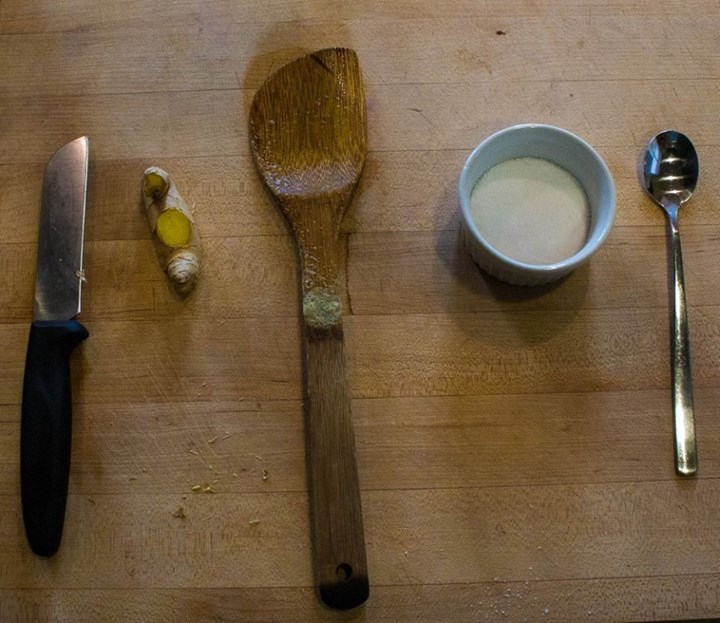Every natural quality has its opposite. If we are moving into a cold season or are feeling too cold we apply the opposite quality of warmth to provide balance. At this time in nature we can see the process of gathering and storing. Now that the long days of summer have passed, the trees have turned color marking the end of summer and the beginning of autumn. The leaves have fallen to create a blanket to protect the earth against the cold and the plants are going dormant for a long winter sleep.
In Ayurveda, the fall/winter diet is called the vata pacifying diet. It features highly nutritious warm cooked foods and drinks. Well cooked whole grain and bean combos with added high-quality oils from nuts and seeds, kitchari, grain soups, stewed vegies and roots, nuts and seeds are the staples. Fall harvest foods like whole grains, seeds, and nuts are known for their concentrated protein and oils. More protein intake and high quality oils are essential. Oils counteract the dryness of vata and help raise our metabolism to provide more warmth. Proteins are building foods that give us the strength to endure the long winter.
The basic strategy for autumn is to apply the opposite qualities of warmth, moisture, nourishment, slowness, regularity, smoothness and focus. For example, apples and pears are naturally astringent, that is cooling, drying, and toning. For the fall and winter, we need to counteract the cooling and drying qualities. Therefore, we cook the fruit slowly and add a little cinnamon and organic butter or ghee. The cooking and cinnamon provide warmth and the butter or ghee provides moisture.
